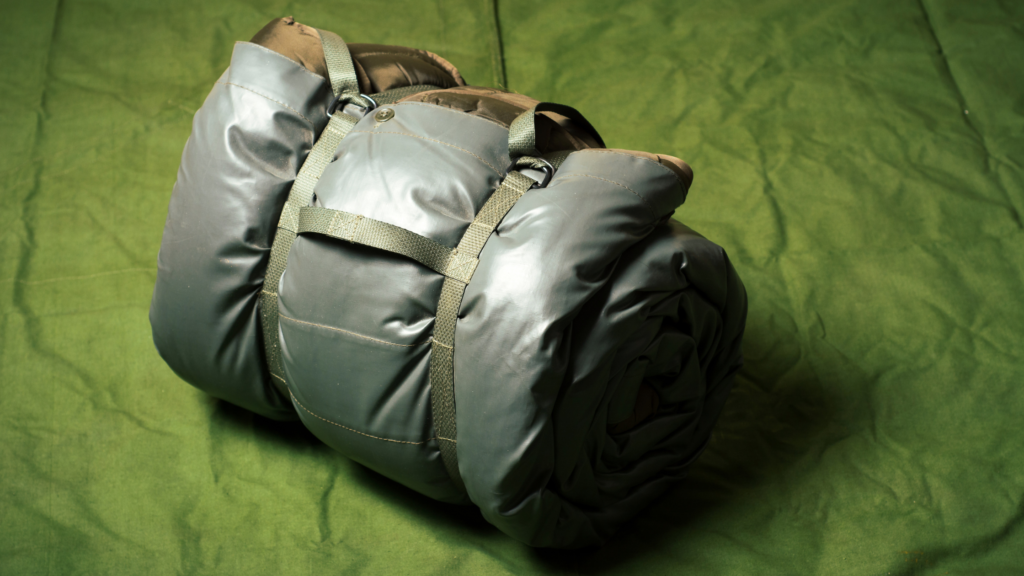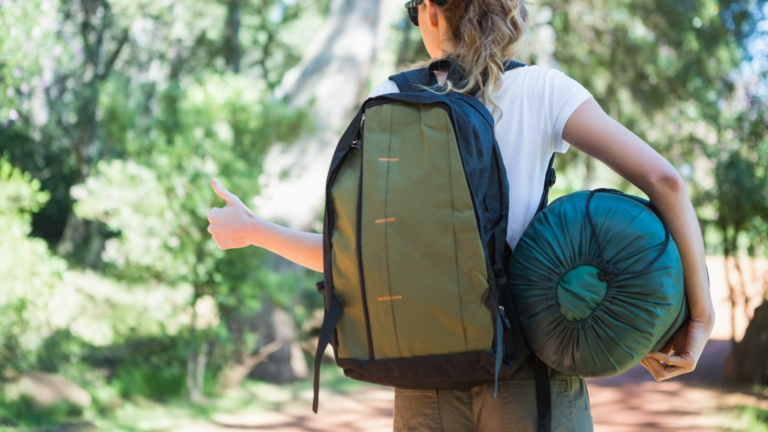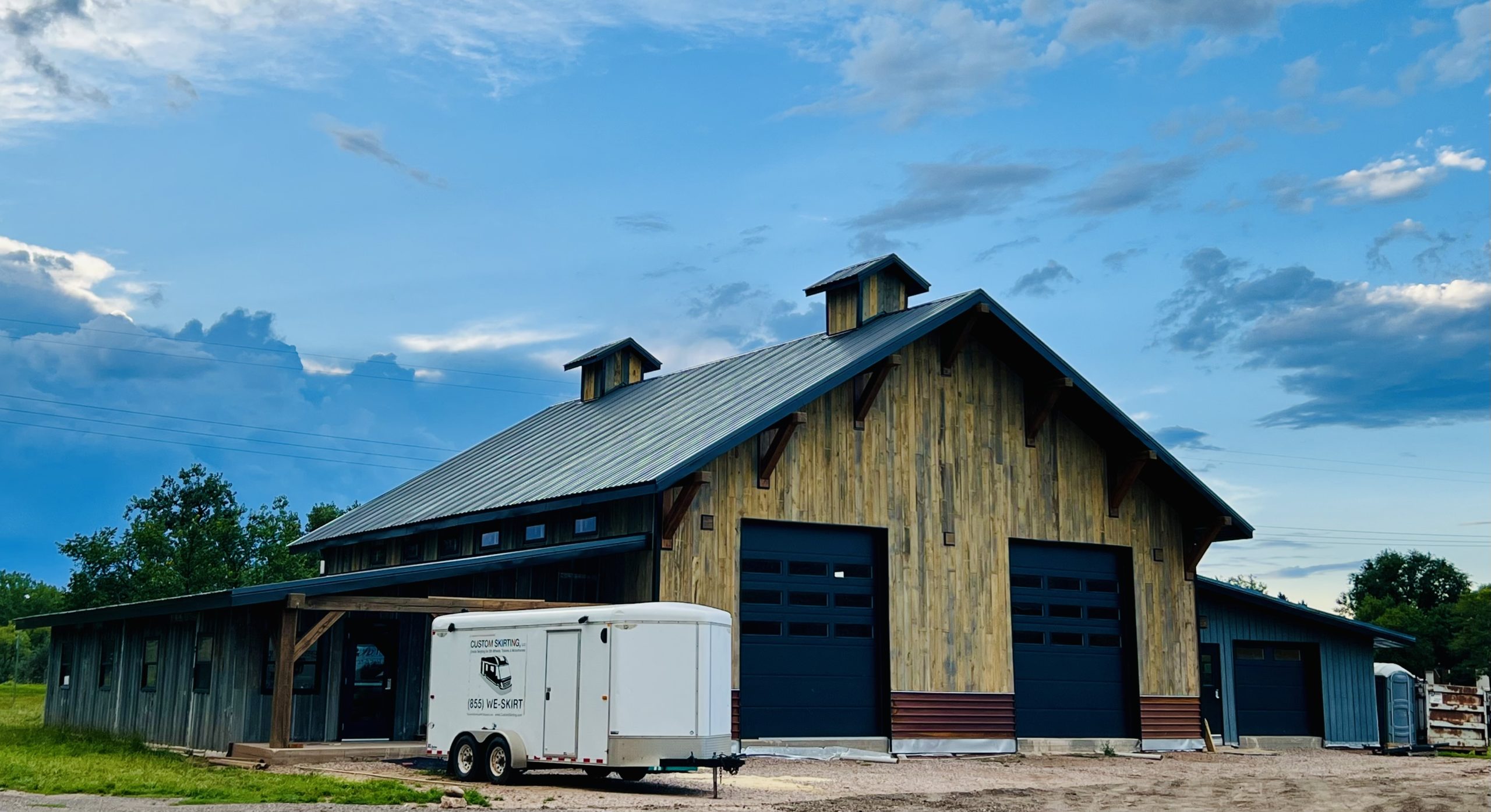Table of contents
When you’re out camping, one of the essential skills to master is how to fold a sleeping bag. Knowing how to fold a sleeping bag correctly can extend its life, save precious space in your backpack, and ensure that it stays in good condition for many camping trips to come. Whether you’re a seasoned camper or a beginner, understanding how to roll up a sleeping bag and fold it properly is crucial. This guide will walk you through different methods and techniques for folding and packing your sleeping bag, tailored for various types and situations.
Understanding Your Sleeping Bag
Before diving into how to fold a sleeping bag, it’s important to understand the type of sleeping bag you have. Sleeping bags come in several shapes, such as mummy, rectangular, and semi-rectangular, each with its unique folding requirements.
- Mummy Sleeping Bags: These are designed to fit closely to the body, reducing air space and keeping you warmer. They are typically more challenging to fold due to their tapered shape.
- Rectangular Sleeping Bags: These offer more space and are easier to fold because of their straightforward shape.
- Semi-Rectangular Sleeping Bags: A hybrid of the mummy and rectangular bags, these offer a balance of warmth and space.
The materials used in your sleeping bag, such as synthetic or down, also affect the folding process. Synthetic bags are bulkier but easier to compress, while down bags require careful handling to avoid damaging the delicate filling.
Always read the manufacturer’s instructions for your specific sleeping bag, as some bags have unique folding requirements or come with their own packing accessories.
Preparing Your Sleeping Bag for Folding
Properly preparing your sleeping bag before folding is a crucial step that many campers overlook. Here’s how to get your bag ready:
- Air Out the Bag: After a night of use, your sleeping bag will have absorbed moisture from your body and the surrounding air. Before folding, unzip the bag and allow it to air out for at least 20 minutes. This helps to evaporate any moisture and prevents mold or mildew from developing.
- Remove Debris: Shake out your sleeping bag to remove any dirt, leaves, or small twigs that might have gotten inside during the night. Pay special attention to the foot area, which tends to collect the most debris.
- Ensure It’s Completely Dry: If your sleeping bag is wet or even slightly damp, do not fold it. Dry it completely, either by hanging it in the sun or using a dryer on a low setting (if the material allows).
Following these steps will help maintain your sleeping bag’s quality and longevity, making it easier to fold and store.
The Basic Rolling Method
The most common method for how to fold a sleeping bag is the rolling technique. This method is simple and effective, particularly for synthetic sleeping bags. Here’s how to roll up a sleeping bag:
- Lay Out the Bag: Find a flat surface and spread your sleeping bag out fully. Smooth out any wrinkles or folds to ensure the bag is flat.
- Fold Lengthwise: Depending on the width of your sleeping bag, you may need to fold it in half lengthwise. This makes the rolling process easier and more compact.
- Start Rolling from the Foot End: Begin rolling your sleeping bag from the foot end. Roll as tightly as possible, applying body weight to compress the bag as you go.
- Use Straps or Ties to Secure: Once fully rolled, use the straps or ties that come with your sleeping bag to secure the roll. If your sleeping bag didn’t come with straps, you can use bungee cords or other tying methods to keep it compact.
- Check for Fit: Place the rolled sleeping bag into its stuff sack or backpack compartment to ensure it fits snugly.
This method is straightforward and works well for most situations. However, if you have a down sleeping bag, you might want to consider an alternative method, as rolling can sometimes damage the delicate down filling.

The Stuffing Method
For down sleeping bags, the stuffing method is often recommended over rolling. Here’s how to roll a sleeping bag using the stuffing method:
- Start from the Bottom: Open your sleeping bag’s stuff sack wide and begin stuffing the foot end of the bag into the sack.
- Stuff, Don’t Roll: Unlike the rolling method, you don’t need to fold the sleeping bag neatly. Simply stuff it into the sack, pressing down as you go to evenly distribute the filling.
- Avoid Over-Compression: While it’s important to fit the bag into the stuff sack, avoid compressing it too much. Over-compression can damage the down filling, reducing its loft and insulating properties.
- Secure the Sack: Once the sleeping bag is fully stuffed, pull the drawstring or fasten the lid of the stuff sack securely.
The stuffing method is particularly useful for down bags as it helps maintain the loft and quality of the down filling. It’s also quicker than rolling, making it a favorite among seasoned backpackers.
Folding Without a Stuff Sack
Sometimes, you might find yourself without a stuff sack or simply prefer not to use one. Here’s how to fold sleeping bag without a stuff sack:
- Lay the Bag Flat: As with the rolling method, start by laying your sleeping bag flat on a clean surface.
- Fold in Thirds: Fold the bag lengthwise into thirds, bringing the sides toward the center. This step helps reduce the width and makes it easier to create a compact bundle.
- Roll Tightly: Starting from the foot end, roll the sleeping bag as tightly as possible. Use your body weight to compress the bag and eliminate air pockets.
- Tie the Bag: Use straps, cords, or even the bag’s own fabric ties to secure the rolled-up sleeping bag.
- Store in a Dry Place: Place the rolled sleeping bag in a dry area of your backpack or storage area, ensuring it’s protected from moisture.
This method is handy when space is limited or when you want to minimize the bulk of your sleeping bag in your pack.
Special Considerations for Down Sleeping Bags
Down sleeping bags require special care when folding and storing to maintain their insulating properties. Here are some tips on how to fold a sleeping bag made of down:
- Avoid Prolonged Compression: Down bags should not be left compressed for extended periods. After your trip, remove the bag from its stuff sack as soon as possible to allow the down to regain its loft.
- Use Large Storage Sacks: When not in use, store your down sleeping bag in a large, breathable storage sack. This allows the down to remain fluffy and fully lofted.
- Air Out Regularly: Even if your sleeping bag wasn’t used recently, it’s good practice to air it out every few months. This helps maintain the freshness of the down and prevents any musty odors from developing.
By following these steps, you’ll keep your down sleeping bag in top condition, ensuring it continues to provide warmth and comfort on your camping adventures.
Long-term Storage Tips
Proper storage is key to prolonging the life of your sleeping bag, whether synthetic or down. Here’s how to fold sleeping bag and store it long-term:
- Clean Before Storing: Always clean your sleeping bag before storing it for long periods. Follow the manufacturer’s instructions for washing and drying.
- Use Large, Breathable Storage Sacks: For long-term storage, avoid keeping your sleeping bag in its compression sack. Instead, use a large, breathable storage sack that allows the insulation to stay fluffy and uncompressed.
- Hang If Possible: If you have the space, hanging your sleeping bag in a closet is an excellent way to store it. This prevents any compression and keeps the bag’s shape intact.
- Store in a Cool, Dry Place: Ensure that your sleeping bag is stored in a cool, dry place away from direct sunlight. UV rays can damage the fabric and insulation over time.
Following these storage tips will help preserve the life of your sleeping bag, ensuring it’s ready for your next adventure.
Troubleshooting Common Folding Issues
Even with the best intentions, you might encounter some challenges when folding your sleeping bag. Here are some common issues and how to address them:
- Bulky Bags: If your sleeping bag is too bulky to fold or roll neatly, try compressing it in sections. Use your knees to press down on one section at a time as you roll.
- Compression Straps: If your sleeping bag doesn’t have built-in compression straps, consider purchasing an external compression sack. These sacks have straps that allow you to tighten and compress the bag after rolling.
- Stuff Sack Issues: If your sleeping bag doesn’t fit in its stuff sack, try the stuffing method again, starting from the opposite end. Sometimes, simply changing the starting point can make a difference.
- Bag Won’t Stay Rolled: If your sleeping bag unrolls after you’ve rolled it, ensure that you’re rolling it tightly enough and using adequate straps or ties to secure it.
By troubleshooting these common issues, you’ll master the art of how to roll a sleeping bag and ensure it stays compact and ready for your next trip.

Frequently Asked Questions
Should You Roll or Fold Sleeping Bags?
The decision to roll or fold a sleeping bag depends on the type of bag and your personal preference. Rolling is generally easier and more common, especially for synthetic sleeping bags. It provides a neat, compact package that fits easily into most backpacks. Folding, on the other hand, is useful when you don’t have a stuff sack or need to minimize bulk.
How to Pack a Down Sleeping Bag?
For down sleeping bags, the stuffing method is often preferred over rolling. This method involves stuffing the sleeping bag directly into its sack without folding or rolling it first. This approach helps maintain the loft and quality of the down filling, ensuring that your bag remains warm and comfortable.
How Do You Fold a Sleeping Bag Without a Stuff Sack?
Folding a sleeping bag without a stuff sack involves laying it flat, folding it into thirds, and rolling it tightly from the foot end. Once rolled, you can secure the bag with straps, cords, or by tying it with its own fabric. This method creates a compact bundle that’s easy to store in your backpack or gear bag.
In conclusion, knowing how to fold a sleeping bag is a valuable skill for any camper. Whether you prefer rolling, stuffing, or folding without a sack, each method has its benefits depending on the situation and type of sleeping bag. By following these techniques, you’ll keep your sleeping bag in great condition, ready for many more adventures in the great outdoors.
Ready for Your Next Adventure? Stay at Black Hawk Creek RV Park & Cabins!
After mastering how to fold a sleeping bag, it’s time to plan your next camping trip! Why not make South Dakota your destination? At Black Hawk Creek RV Park & Cabins, you’ll find the perfect spot to unwind after a day of exploring. Located just minutes from the Badlands, Mount Rushmore, and Rapid City, our year-round park offers cozy cabins and well-equipped RV sites, making it the ideal base camp for your South Dakota adventure.
Book your stay now and experience the beauty and excitement of the region firsthand!






